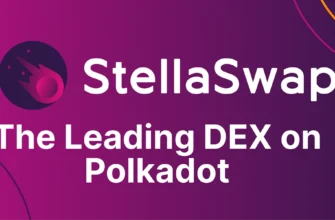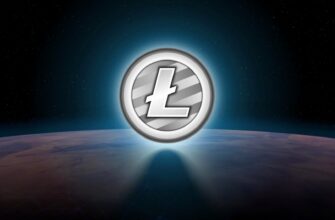- What is USDT (Tether)?
- How Does USDT Work?
- Pros of USDT (Tether)
- 1. Price Stability
- 2. High Liquidity
- 3. Fast and Low-Cost Transactions
- 4. DeFi and Yield Farming Access
- 5. Hedging Tool
- Cons of USDT (Tether)
- 1. Transparency Concerns
- 2. Centralization
- 3. Regulatory Risks
- 4. Blockchain Fees
- 5. Not Immune to Depegging
- Conclusion: Is USDT Right for You?
What is USDT (Tether)?
USDT, also known as Tether, is a stablecoin—a type of cryptocurrency designed to maintain a stable value over time. Unlike volatile coins like Bitcoin or Ethereum, USDT is pegged to the U.S. dollar, meaning 1 USDT is intended to always be worth approximately $1 USD.
Tether was launched in 2014 by a company called Tether Limited. Its main purpose is to combine the stability of fiat currencies with the efficiency and decentralization of blockchain technology. As a result, it has become one of the most widely used stablecoins in the cryptocurrency market.
How Does USDT Work?
USDT tokens are issued on several blockchain platforms, including:
- Ethereum (as an ERC-20 token)
- Tron (as a TRC-20 token)
- Binance Smart Chain (as a BEP-20 token)
- Bitcoin (via the Omni Layer protocol)
Tether Limited claims that each USDT is backed 1:1 by real-world reserves, such as fiat currency, cash equivalents, or other assets. This backing is what helps USDT maintain its price stability.
Pros of USDT (Tether)
1. Price Stability
USDT’s value is tied to the U.S. dollar, making it a safe haven during market volatility. It allows traders to exit crypto positions without converting to fiat.
2. High Liquidity
USDT is widely accepted across crypto exchanges, wallets, and DeFi platforms. Its high trading volume ensures easy buying and selling.
3. Fast and Low-Cost Transactions
Using USDT on blockchain networks like Tron or Ethereum allows for quick transfers and low fees, especially when compared to traditional banking.
4. DeFi and Yield Farming Access
USDT is commonly used in decentralized finance (DeFi) applications. You can lend, borrow, or earn interest on USDT holdings.
5. Hedging Tool
In crypto trading, USDT acts as a hedging instrument, allowing investors to park funds in a stable asset without leaving the blockchain ecosystem.
Cons of USDT (Tether)
1. Transparency Concerns
Tether Limited has faced criticism over its lack of full audits and unclear reserve backing in the past. This raises questions about trust and transparency.
2. Centralization
Unlike decentralized cryptocurrencies, Tether is controlled by a single company, making it more vulnerable to regulation or internal decisions.
3. Regulatory Risks
Stablecoins like USDT are under increasing scrutiny by financial regulators, especially in the U.S. Future regulations could impact Tether’s operations.
4. Blockchain Fees
Depending on the network you use (e.g., Ethereum), transaction fees can vary. At times, they may be high during network congestion.
5. Not Immune to Depegging
Although rare, USDT has experienced brief depegging events, where its value dropped slightly below $1. This can cause panic during market instability.
Conclusion: Is USDT Right for You?
USDT (Tether) is a powerful tool in the world of cryptocurrency. It offers stability, liquidity, and fast transactions, making it ideal for trading, saving, and participating in DeFi. However, users should be aware of the centralization risks and regulatory landscape surrounding Tether.
Whether you’re a crypto beginner or an experienced investor, USDT can play a valuable role in your digital asset portfolio. Always do your own research (DYOR) and stay updated on regulatory developments.
Also read the article about the best USDT Mixer, and USDT QR Code Generator.








